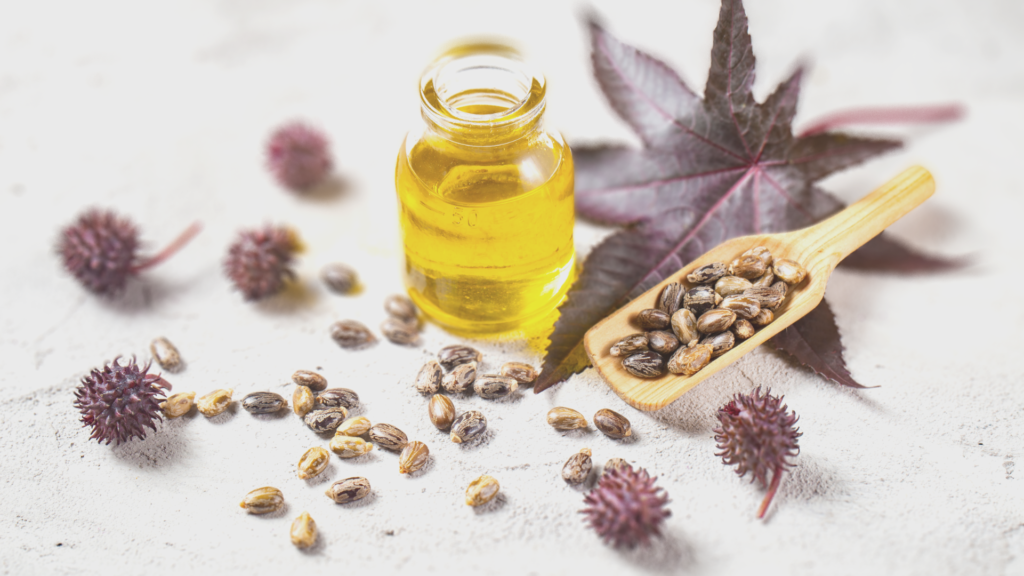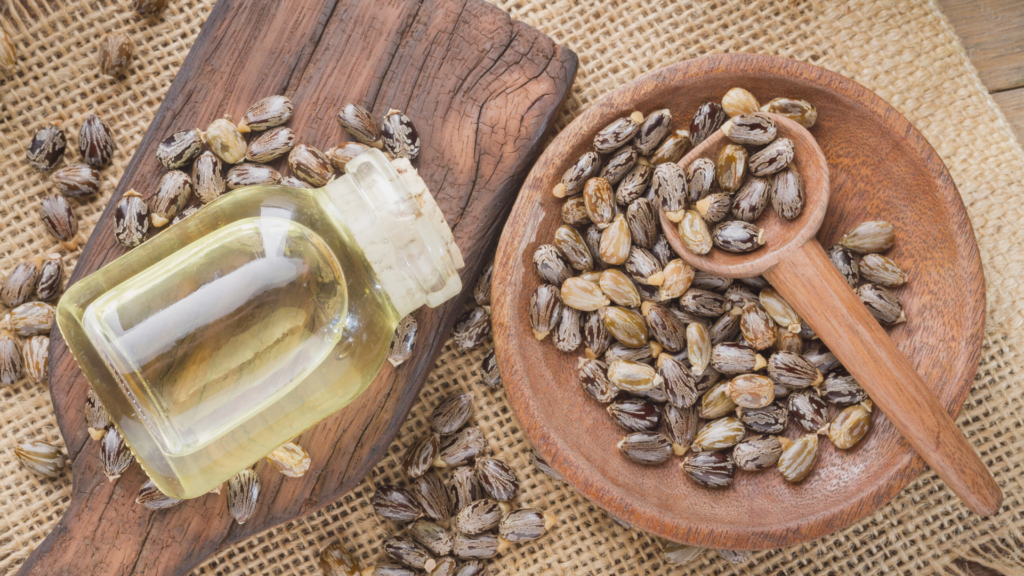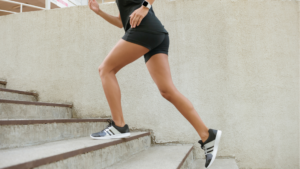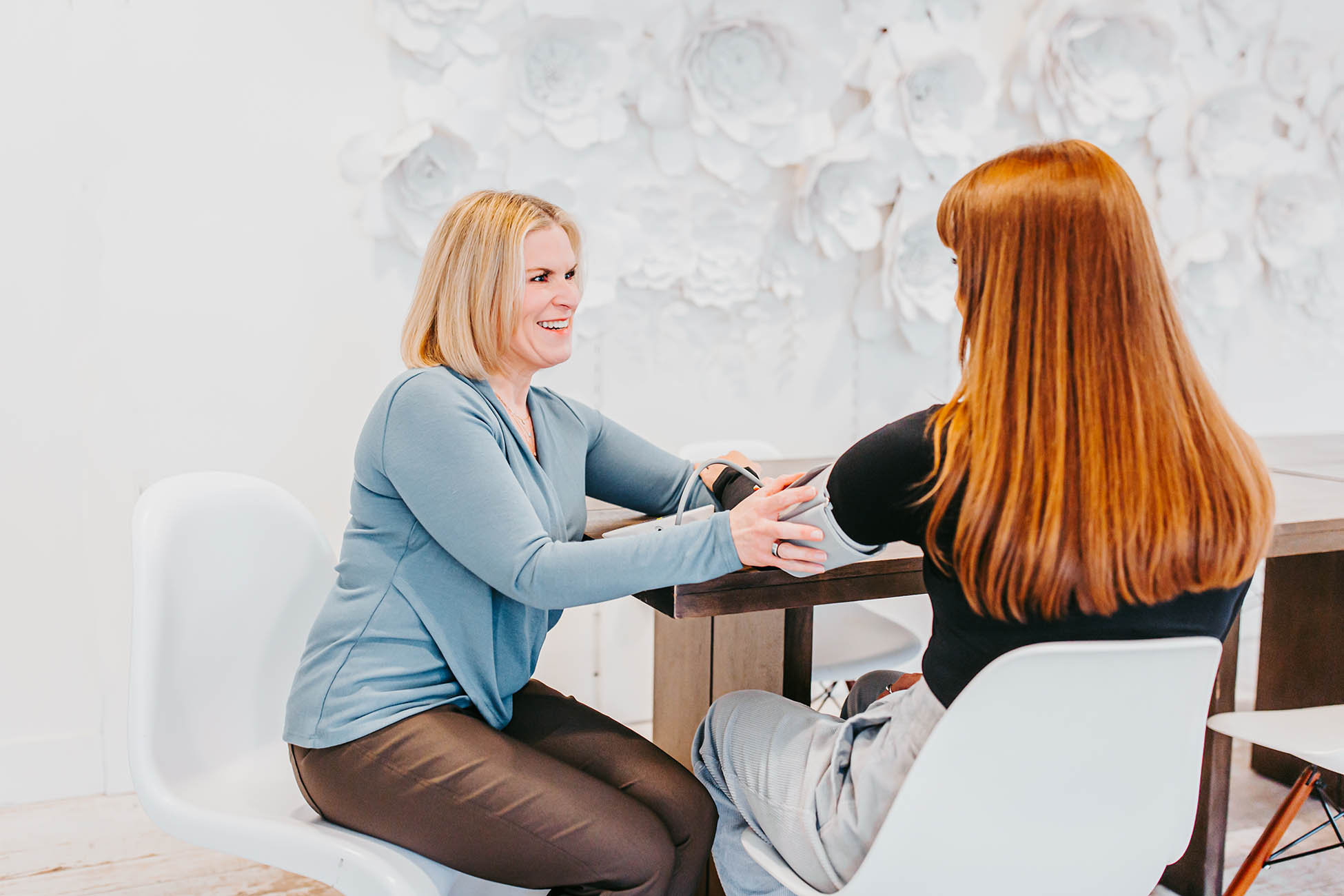It’s a classic naturopathic therapy that really is timeless.
A castor oil pack is a piece of flannel, soaked in castor oil, and placed on the abdomen with a hot water bottle. Let’s break down the why and the how…

Why would I use a castor oil pack?
● Castor oil contains fatty acids that are absorbed through the skin.
● Castor oil packs stimulate circulation and bile flow.
● Castor oil packs are relaxing.
● Castor oil packs support detoxification, with the domino effect of helping with a wide range of concerns.
How do I use a castor oil pack?
● Fold a piece of flannel into 3-4 layers, large enough to cover the abdomen.
● Soak the flannel in castor oil.
● Wrap the soaked flannel in plastic wrap.
● Lie flat on an old towel (in case the castor oil drips) and place the pack on your bare abdomen.
● Place a hot water bottle or heating pad over the pack as a heat source.
● Rest like that for 15-60 minutes (best to talk with a practitioner about this to choose the amount of time appropriate for you).
● Save the pack in a sealed bag in the refrigerator for reuse.
Castor oil packs are best used in the context of other strategies to support detoxification. We are here to empower you with education and information to live a healthier life, but this post should NOT be considered medical advice. There are some pitfalls, and castor oil packs are not appropriate for everyone or all situations.
Please consult with a healthcare professional if you have any questions about how to safely use castor oil packs or other detoxification strategies.
You can book a consult with us through our website!







